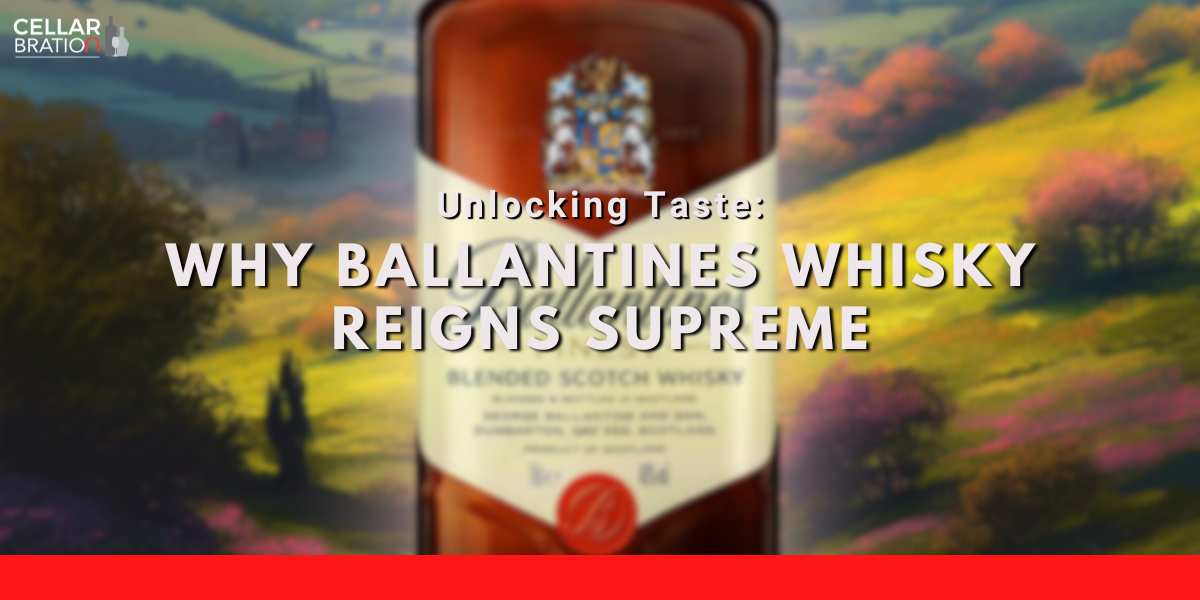
Beer - quite possibly the world’s favourite beverage. Bottled, canned, or straight from the tap, there is much debate on the most ideal method to consume the golden brew. Canned beer often bears a bad reputation for being related to cheap beer, beer-chugging, and an infamous “metallic taste”. Contrastingly, bottled beer almost seems to be regarded as the classier sibling; bearing more expensive, premium beers. Even most craft beers choose bottling as their preferred packaging of choice. However, sometimes beers of the same brand can be found packaged in both bottles and cans. Let’s explore why.
Taste of Beer in Different Containers
If you ask any frequent bottled beer drinkers why they would instead drink from bottles over cans, they are likely to cite that bottled beers provide a “better taste”. However, is that really the case? An article published in Beverages (that’s a scientific journal) conducted a taste test between bottled and canned beer; beer of identical brands but packaged differently were poured into plastic cups to control for confounding factors such as volume and foam head. In a sample of 62 participants, 61.29% indicated that they preferred bottled beer, while only 11.29% preferred beer from a can and 27.42% thought they both would both taste the same. When participants were aware of which cup contained canned and bottled beer, they rated bottled beer as tasting significantly better than canned beer, but when this awareness was removed, there was no preference for bottled or canned beer. This suggests that aluminium cans don’t impact a beer’s flavour - it was just another placebo effect.
So, if the evidence against canned beer is unsubstantiated, why is there a preference for bottled beers? This could stem from the older generations’ general distaste for canned beer (for good reason). In the past, canned beers were usually cheap domestic lagers, while more premium “imported” beer brands tend to be packaged in bottles. This has changed in recent years, and both large commercial brewing companies and numerous craft brews have opted for canned packaging due to the many benefits to the quality of the beer.
Previous canning techniques were inefficient in reducing dissolved oxygen in the beer, which often resulted in a degradation of the beer’s flavours and aromas. Of course, these substandard processing systems have since been antiquated, reinstating cans as at least equal compared to beer bottles.
Metallic Taste in Canned Beer
Additionally, remember the “metallic taste” that critics swear exists in canned beer? That is likely to be due to problems in brewing, not packaging. If beer comes into contact with anything other than stainless steel during the brewing process, a metallic taste can be infused in the beer. Thankfully, that isn’t much of an issue nowadays, thanks to strict standards in professional breweries.
“But beer cans are made of aluminium!” Beer cans are lined with a substance that prevents this “metallic” flavouring. While linings in beer cans were also previously found to consist of bisphenol A (BPA) - this has now been replaced with a non-harmful substitute: BPA-NI (BPA-non-intent). Thank goodness.
Comparing Beer Freshness
As if those weren’t enough merits to canned beers, aluminium cans were found to keep beer fresher due to limited exposure to both light and oxygen, preventing oxidisation, preventing the beer from going “skunky” or bad. While amber and brown glasses block a significant amount of UV light, clear and green glass bottles tend to let in quite a bit of light. Simultaneously, aluminium cans utilise airtight seals, while bottle screw caps can still allow some air to pass through, contributing to oxidisation.
Comparing Carbon Footprints
Secondly, cans are more environmentally-friendly - both in terms of recycling and transport. While close to 60% of all aluminium cans are recycled due to currently existing recycling processes, only a little over 20% of all glass bottles are successfully repurposed into new products. Furthermore, a six-pack of 12 oz canned beer weighs approximately 2.3 kilograms, while a six-pack of bottled beers weighs a whopping extra 1.1 kilograms. That’s a lot of additional weight that you’re lugging home from your local supermarket (unless you order online, you’re welcome). If you are having trouble with that extra weight, one could only imagine the additional toll that takes in terms of fuel consumption.
Identity
Of course, there are numerous merits to bottled beer. For one, the fact that for certain brands, iconic packaging is necessary and prevents them from abandoning the old-fashioned form of bottling. For example, Coronas are signaturely served with a slice of lemon or lime down the long neck of a clear glass bottle, while Heineken and Carlsberg bottles are distinctively green with beads of condensation rolling down its sides. Also, sometimes holding a glass beer bottle just feels… right in the hand. I’m sure you get what I mean.

Yum. (via Chris Quilian)
How to Store Your Beer
Regardless of its packaging, it’s important to store beers appropriately. Both canned and bottled beers benefit from being stored in chilly dark places, such as a refrigerator (or ideally, a beer cooler). More importantly, make sure your bottled beers are stored upright. Storing beers on their sides can lead to the development of a yeast ring that looks very unappealing - and perhaps even tasting worse.
Choose Your Beer
If this post has made you rather thirsty like it has made me, we here at Cellarbration have an extensive beer slection and great prices! Order $99 and above, we’ll provide you with free alcohol delivery. Cheers!





